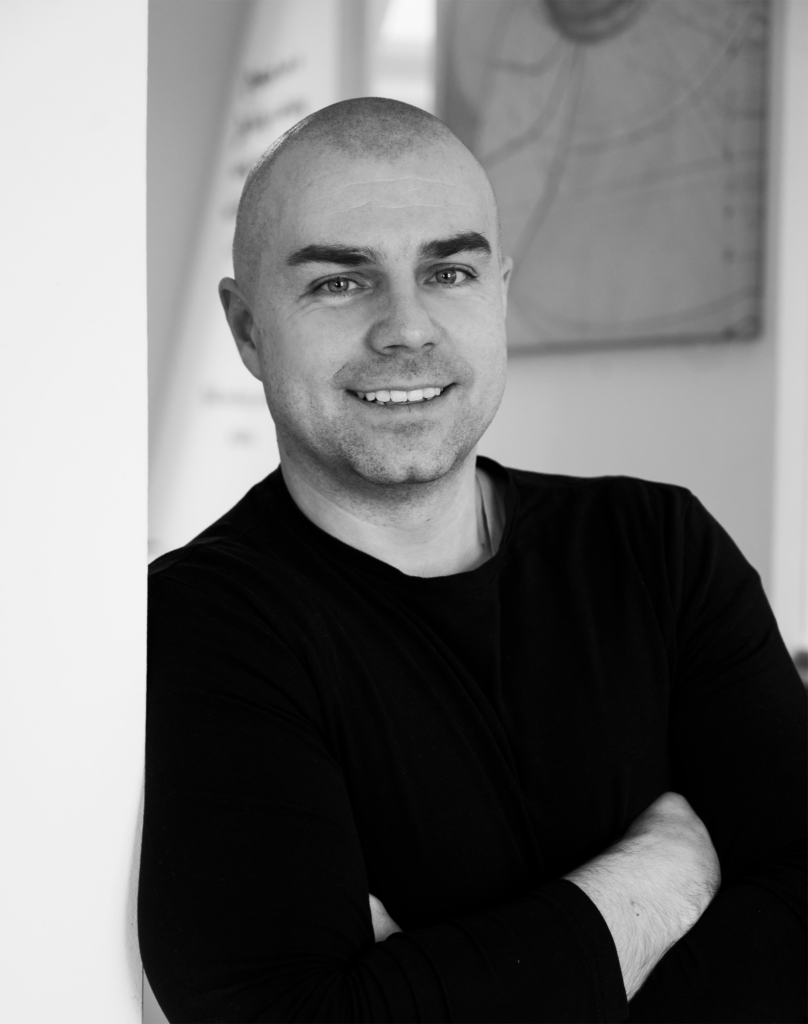Once upon a time, hedge funds ruled the world. That’s how a fairy tale could begin. In reality, just 20 years ago, alternative investments amounted to $4.8 trillion, or 6% of the world’s total managed assets, and hedge funds comprised a significant portion of this allocation.
Today, alternative investments are larger than ever before, with total managed assets reaching $22 trillion, representing 15% of the world’s total managed assets. Not only is this industry larger, but its composition is also more diverse than ever before. Paradoxically, the term “alternative,” which we have become so fond of, has become more of an umbrella term than a description of the strategies found within it.
This month, in tandem with the CAIA Association in New York, a highly anticipated event called “Revealing the Future” took place, featuring a dynamic panel discussion focused on where the next wave of capital will come from.
Chart No.1

Source: CAIA Association, Preqin, HFR, Grandview Research. Údaje k roku 2023.
Alpha
The significance of diversification cannot be overstated, as it can be derived or directly stated in the long-term assumptions of the capital market by many of the world’s largest financial institutions. However, with the expanding diversity of underlying strategies, the range of expected outcomes also expands. For example, BlackRock presents some surprising long-term expectations, notably a forecast that the median expected return for direct loans with their relatively desirable position at the top of the capital structure will be higher than for leveraged buyouts (lower part of the capital structure) and real estate (median expected return of 0%). Similarly, JPMorgan questions historical assumptions that many investors lean on, particularly that the median expected returns of hedge funds (beta < 1.0) will similarly compete with U.S. stocks (beta = 1.0)!
Je nepravdepodobné, že budúcnosť pri vstupe do roku 2024 bude len dúha a slniečko. Prostredie výstupov je napäté a mnohí GP(general partner) a LP (limited partner) hľadajú alternatívne spôsoby, ako predĺžiť životnosť svojich portfóliových spoločností bez toho, aby realizovali odpisy a nižšie ocenenia. Úrokové sadzby dnes už jasne dominujú väčšine rozhodovacích procesov, a hoci nominálne výnosy v súkromných úveroch môžu generovať zaujímavé výnosy a záujem, zvýšené náklady na kapitál zaťažujúce systém zostávajú pre mnohých investorov primárnym problémom. “Mám z toho zlý pocit” by tu mohlo byť na mieste.
Note: Comparing the returns of hedge funds to long-term stocks without any commentary on risk or pure exposure is indeed foolish (I was looking for the best expression), but I’ll do it anyway.
As we extend our time horizon and begin to think in decades rather than calendar years, the overarching concept of “alternative investments” is likely to continue expanding, and its composition will continue to evolve. From an asset class perspective, the opportunity in infrastructure is immense and will require private capital investments if governments hope to even come close to their objectives in this area. While not an asset class, the popularity of secondary investments has grown among investors seeking diversification within a given year, access to certain GPs, and capitalizing on market fluctuations.
As we extend our time horizon and begin to think in decades rather than calendar years, the overarching concept of “alternative investments” is likely to continue expanding, and its composition will continue to evolve. From an asset class perspective, the opportunity in infrastructure is immense and will require private capital investments if governments hope to even come close to their objectives in this area. While not an asset class, the popularity of secondary investments has grown among investors seeking diversification within a given year, access to certain GPs, and capitalizing on market fluctuations.
I think enough time has passed since the democratization of alternative investments post-GFC, and investors’ perspectives have changed significantly. In 2008, I was 23 years old, and starting a hedge fund was just an idea, but it was at that time when an idea sparked in me that kept me awake at night. Since then, a lot has changed. This includes the perception of investors towards alternative investments, which were not accessible to a wider group, as well as legislative frameworks and laws from Singapore to the USA, including the EU.
From a broader perspective of the asset management industry, alternative investments currently represent 50% of the industry’s revenue, despite accounting for less than a fifth of AUM. Institutional allocators remain the largest buyers of these strategies, but a growing population of financial advisors serving clients in asset management firms and banks is increasing their allocations to these strategies.
“The alternative investments asset management industry currently represents 50% of the industry’s revenue, despite accounting for less than a fifth of AUM.”
In the first version of liquid alternatives (we can call it Version 1.0), traditional institutions sought to provide all the benefits of hedge fund strategies within the perceived safety of regulated product wrappers, such as mutual funds or UCITS. This happened immediately after the global financial crisis, when many of us (including you) tried to build more resilient portfolios for protection during downturns.
It was challenging because many actors adopted highly complex and demanding strategies and then dressed them up in a new guise, which removed many factors that led to their success. It could be said that these products were just a shadow of their original selves. The net result was products with low absolute returns in a raging bull market, high fees at a time when index investing was gaining strength, and a liquidity mechanism that allowed investors to practically abandon ship at any time. It was a trap for both investors and institutions.
We can’t just lump the entire category of liquid alternatives together, as it encompasses so many different flavors of strategies, and expect the same results, which are highly dependent on manager selection. However, I believe that institutions have learned a lot, as private markets extend their reach from institutional to individual. Nevertheless, some of the largest GPs and fintech platforms have poured significant resources, time, and effort into enhancing the experiences of advisors and clients. Despite high demand from the advisor community, they and subsequently their clients face many new challenges – from tax to general misunderstandings of portfolio allocation suitability.
Finally, when it comes to investing in alternative investments, education and insight into the sector are paramount.
In conclusion, what will the next $20 trillion in alternatives look like? Undoubtedly, it will be quite exciting! Whether it’s product innovations, new investment themes and opportunities, or new asset classes, the toolkit available to individual and institutional investors is more diverse than ever before. That’s why investors seeking diversification and considering alternative investments should carefully consider what is most important to them. After all, not all alternatives are created equal.
We’ve already explored the past, present, and future of alternative investments in a series of our articles, and we’ll certainly continue to do so to provide you with a comprehensive picture of alternative investments, especially private equity and hedge funds.
Experts also agree that the growth of another $20 trillion in alternatives will certainly be faster than in recent years. The main reasons include less predictable market movements, unstable geopolitical situations, inflation, interest rates, as well as investors’ hunger for higher real returns that traditional forms of investment may not be able to offer.

Autor: Martin Pitoňák, CEO Stonebridge Capital





